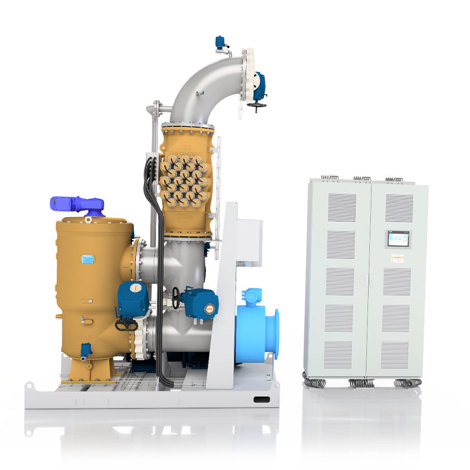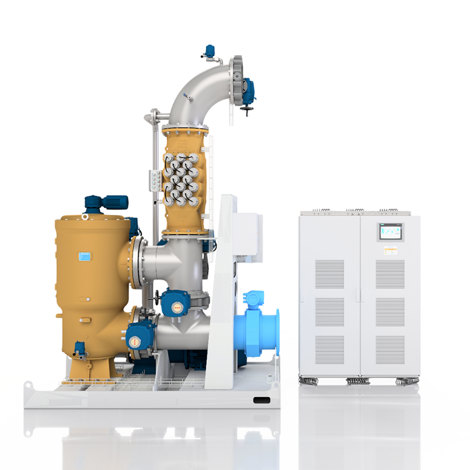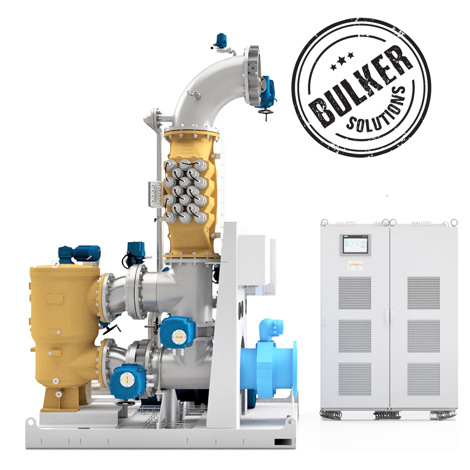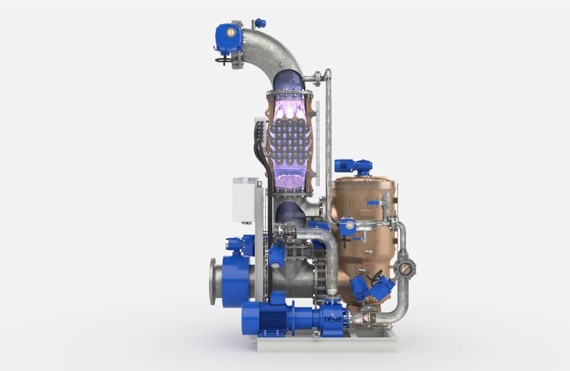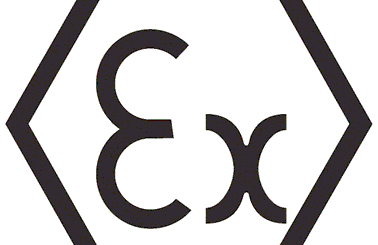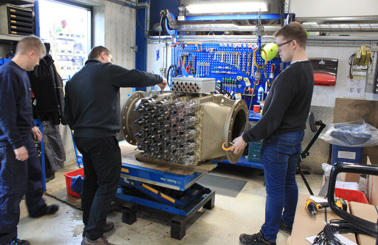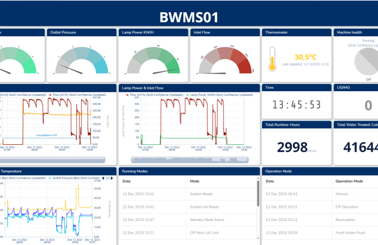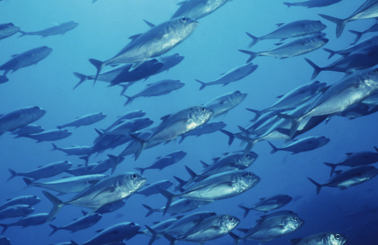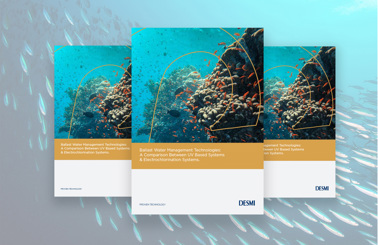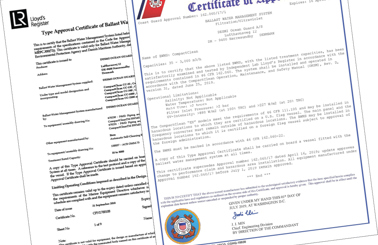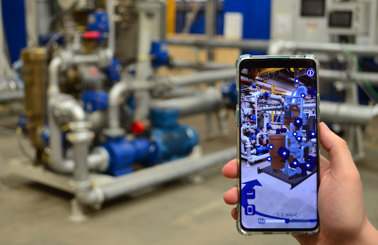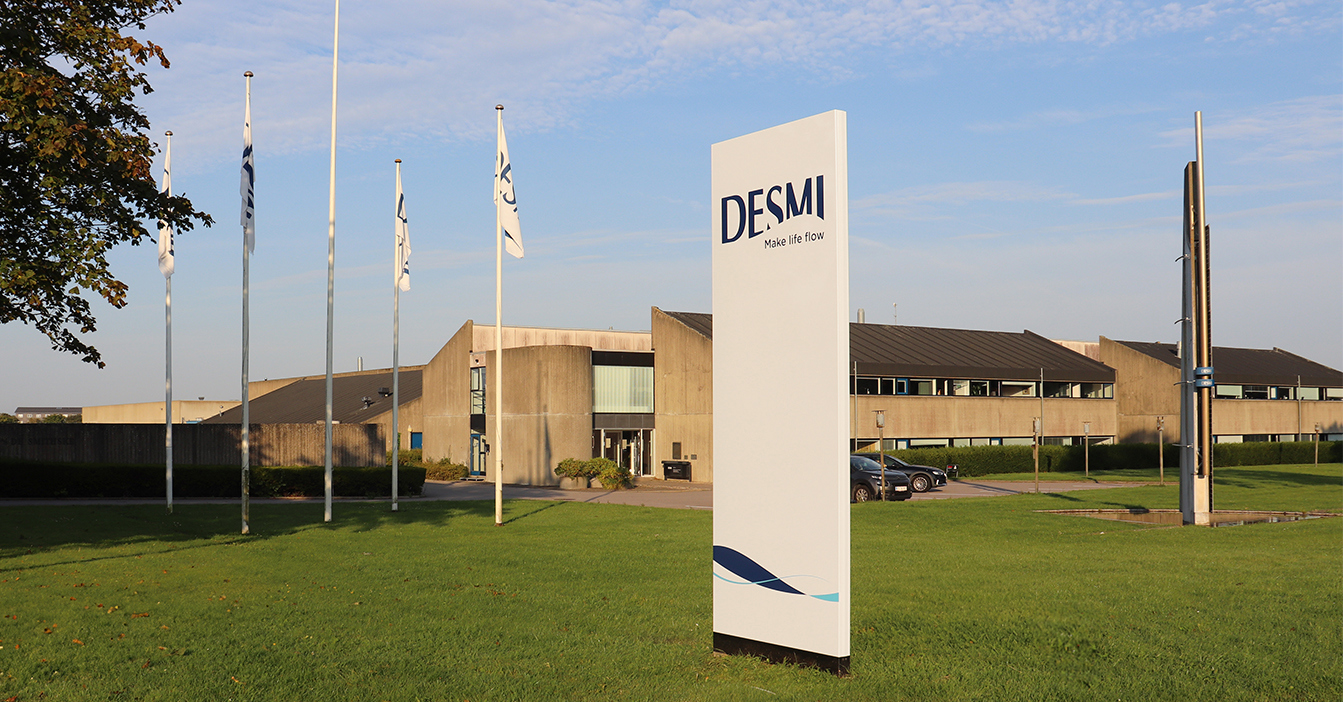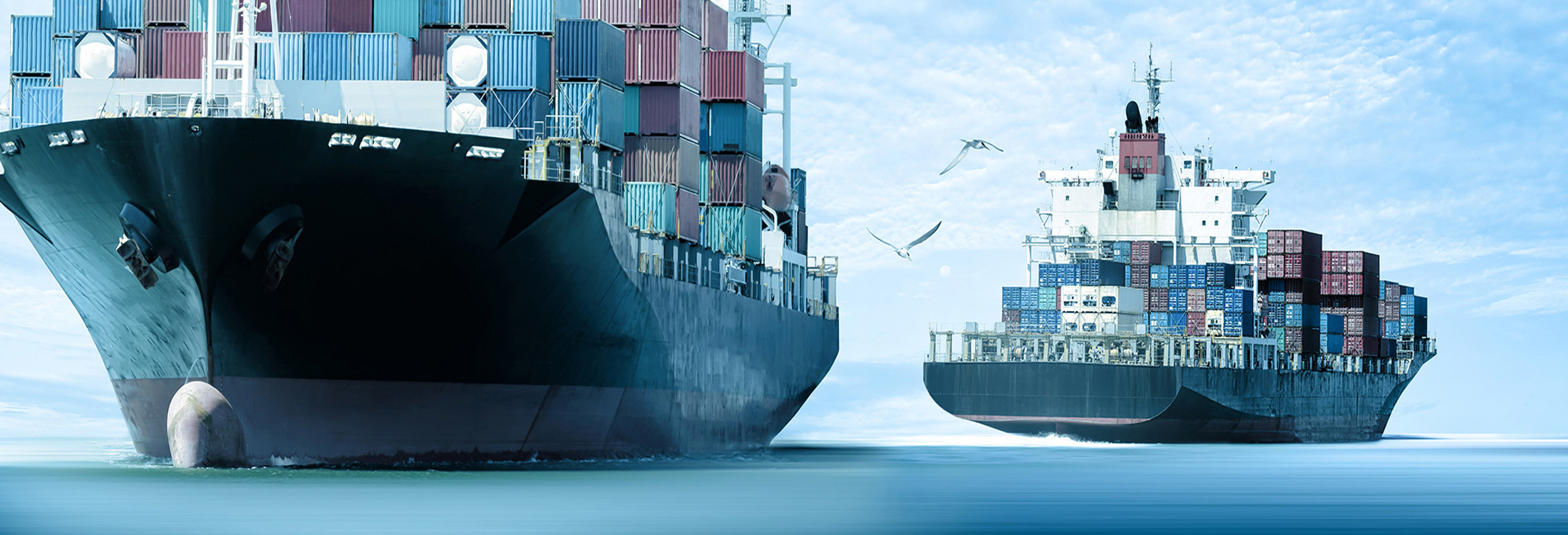
Ballast Water Treatment System
WHY DESMI BWTS?
DESMI Ballast Water Treatment System (CompactClean) is designed specifically for the maritime industry. Our products come with IMO type approval according to the new BWMS code from IMO and a USCG TA Certificate that allows for just 2 hours' holding time. We ensure easy maintenance, short delivery times, and support our clients through a worldwide service network. Trust our technology to keep your operations compliant and efficient in any global marine environment.
CompactClean offers versatile Ballast Water Treatment System that can be installed on any type of vessel due to their range of sizes, from as small as 35 m³/h to as large as 2500 m³/h. These systems operate effectively both inside and outside US Territory, maintaining consistent performance even at exceptionally low UV transmission values, without any restrictions on salinity or temperature.
Benefits of COMPACTCLEAN
- The smallest footprint in the marine industry
- Only system in the world with integrated stripping solution
- Automatic flow control and lamp dimming
- Worldwide service network
- Fully automated operation
- 2 hours’ holding time on USCG TA Certificate
- IMO type approval according to the new BWMS code from IMO
- Graphic HMI touchscreen interface
- Automatic generation of PDF reports to authorities
- Short delivery time
- Easy maintenance
- No salinity or temperature limitations
- Down to UV Transmission of just 35% in IMO waters and 40% in USCG territory
- 100% chemical free treatment
DESMI Ballast Water Treatment System Variants:
MORE INFORMATION
THREE TYPES OF CONFIGURATION

LOOSE COMPONENTS

SKID MOUNTED

DECKHOUSE
Frequently asked questions
What is a Ballast Water Treatment System?
A Ballast Water Treatment System (BWTS) is a technology designed to treat and purify ballast water that ships carry to maintain stability and balance. This system is crucial because ballast water, often taken on in one ecological region and discharged in another, can contain various biological organisms, including bacteria, small invertebrates, and eggs of various species. These organisms can become invasive when introduced into new environments, potentially leading to significant ecological and economic impacts.
The BWTS helps mitigate these risks by treating the water to remove or deactivate these organisms before the water is released into a new location. The treatment methods can include filtration, UV radiation, chemical disinfection, or a combination of these techniques to meet international regulatory standards set by organizations like the International Maritime Organization (IMO) and the United States Coast Guard (USCG).
What type of ballast water treatment system should I choose for my ship?
The selection of a ballast water treatment system should be based on your ship's operational pattern, as some systems are specifically tailored for certain types of activities. Here are the variants of the DESMI CompactClean system:
- CompactClean: Ideal for global operations with a straightforward, single treatment mode suitable for all regions.
- CompactClean OptIMO: Best for ships primarily navigating in IMO-regulated waters, featuring dual-mode software that allows for distinct treatment modes in both IMO and USCG waters.
- CompactClean Bulker: Specially engineered for bulk carriers, this system has the capability to handle twice the volume of water during discharge compared to standard systems.
Do you offer engineering services?
Yes, DESMI Ocean Guard's Engineering Department is equipped to handle all aspects of engineering required for the optimal installation of a CompactClean system. Our comprehensive engineering package includes services ranging from 3D scanning to the creation of final engineering drawings for class approval. We also offer reviews of engineering work done by third parties.
Are there specific installation requirements for the system, such as water cooling or compressed air?
The installation of the CompactClean system is straightforward and primarily requires just a power connection. The system features electrically actuated valves, which simplify the setup by eliminating the need for pneumatic valves. Additionally, the main electrical cabinet is air-cooled, negating the necessity for any additional water cooling installations.
How do I comply with the Ballast Water Treatment Convention?
Starting from 28 October 2020, the majority of the world's ports will require that any new ballast water treatment systems installed from that date onwards comply with the IMO BWMS Code. To ensure that your vessel remains compliant and operational, it is crucial to select a Ballast Water Treatment System that has received IMO BWTS Code type approval.
What are the regulations for ballast water treatment?
Ballast water treatment systems (BWTS) that utilize UV technology must adhere to the distinct regulations and testing methodologies of two major regulatory bodies: the US Coast Guard (USCG) and the International Maritime Organization (IMO). The USCG assesses the effectiveness of BWTS by using a test (FDA/CMFDA method) that counts the number of living organisms post-treatment. Conversely, the IMO evaluates these systems based on the viability of the treated organisms, specifically whether they are capable of reproducing.
Learn more about the BWTS regulations and other relevant topic in our FAQ section

